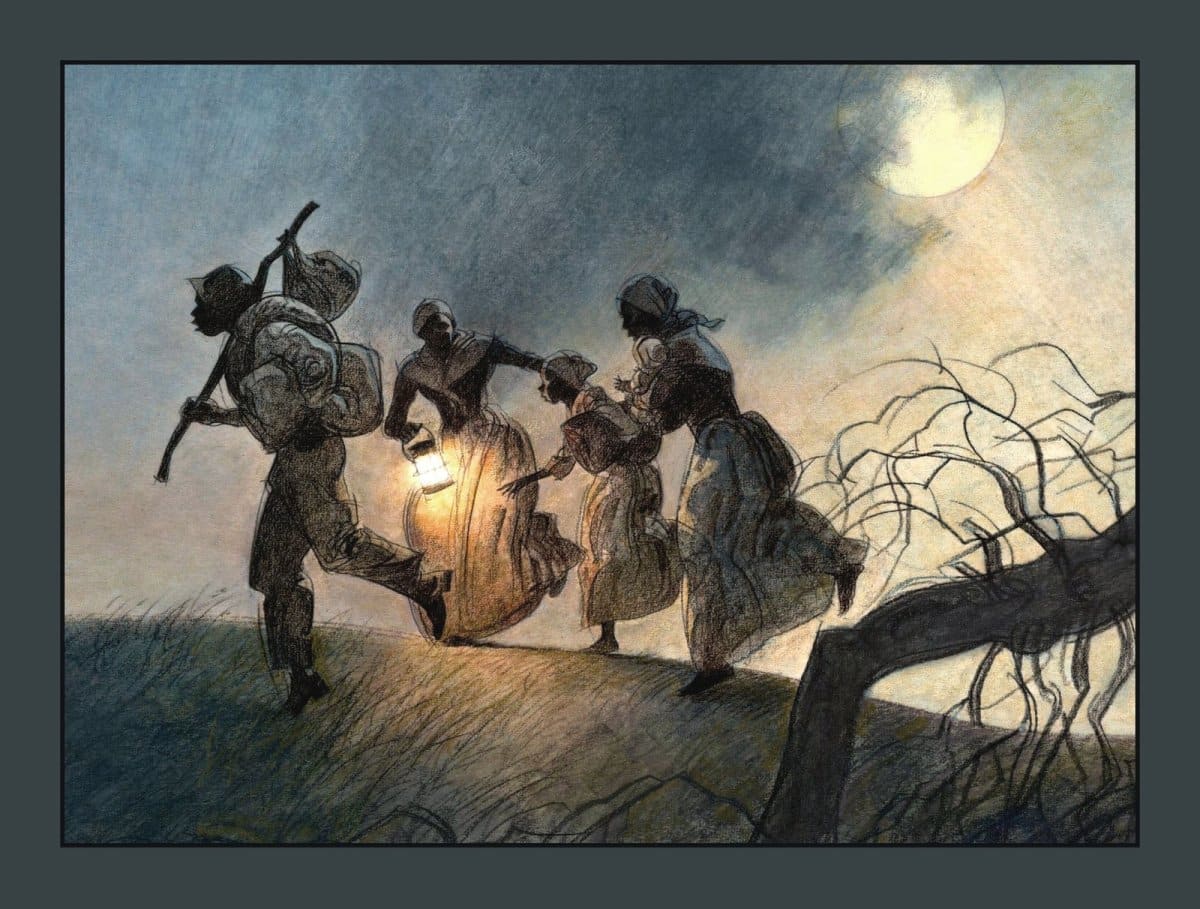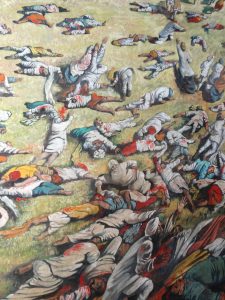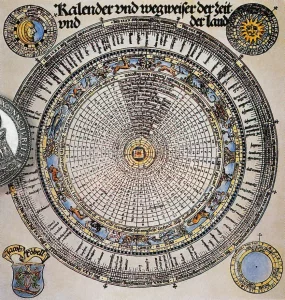Being stripped of freedom, considered nothing more than property, forced to work long hours under dangerous conditions without any form of compensation, physically and emotionally abused, facing whippings, beatings, and even sexual assaults. Imagine being torn away from your family, not being able to marry, start a family or having an education. For women, it would be even worse with the added fear of sexual exploitation and forced childbirths.
No way out, no legal means to escape from this cruel life, but knowing that you have to try. The longing for freedom and the willingness to risk everything, even your life, just to see it. The fear of being caught and punished brutally, but still trying to find a way out, relying on the kindness of strangers and secret networks to guide you on the path towards freedom. Having to make a difficult choices, leaving behind your loved ones, traveling in dangerous conditions, facing the unknown and uncertain future. But the hope is always there, hope for a better life, hope to be treated as a human, hope to see your family again and hope to live in a society where your race or ethnicity is not the determining factor of your worth.
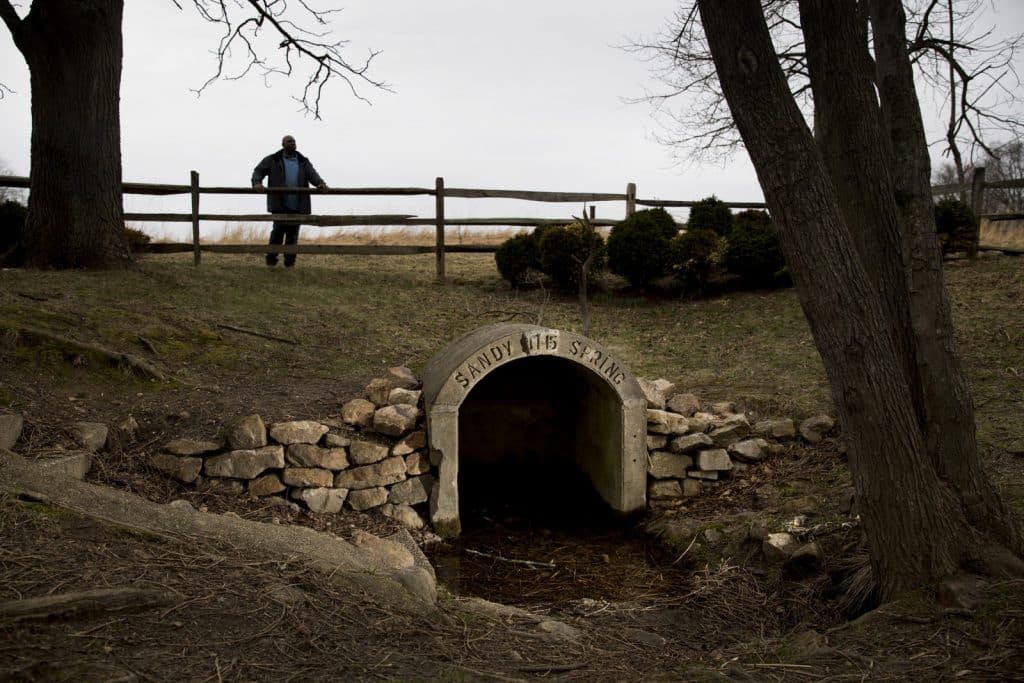
The Underground Railroad was a secret network of people and organizations that helped enslaved people escape from the American South to the North and Canada in the 19th century. It wasn’t an actual railroad, but a network of people, homes and safe places that helped enslaved individuals on their journey to freedom. Most of the activity happened in the northern states where slavery wasn’t as bad, and in Canada where it was already abolished.
The Underground Railroad was made up of people who wanted to end slavery, both black and white, who were willing to risk their lives to help fugitives. They offered food, shelter and guidance to escapees who were often hunted by slave catchers and faced severe punishment if caught. They were known as “conductors” or “station masters” and helped the fleeing slaves with the logistics of traveling and keeping them safe. Some of them were former slaves themselves, who used their own experiences to help others.
The journey on the Underground Railroad was often dangerous and hard. Slaves would have to travel on foot, by horseback, or by boat, often at night, to avoid detection. They had to rely on the kindness of strangers and the information provided by other runaway slaves to find their way. They often had to split up from their families, or leave them behind, as the journey was too dangerous for them to come along.
The destinations of the Underground Railroad were the “free states” in the North, and Canada. Canada, especially the province of Ontario, was a popular destination for the fleeing slaves, as it was the closest place of freedom that was outside of the reach of the U.S. Fugitive Slave Laws. Many slaves would take the Underground Railroad all the way to Canada, and some would even settle there permanently. They would often find work and build new lives for themselves and their families in the free land.
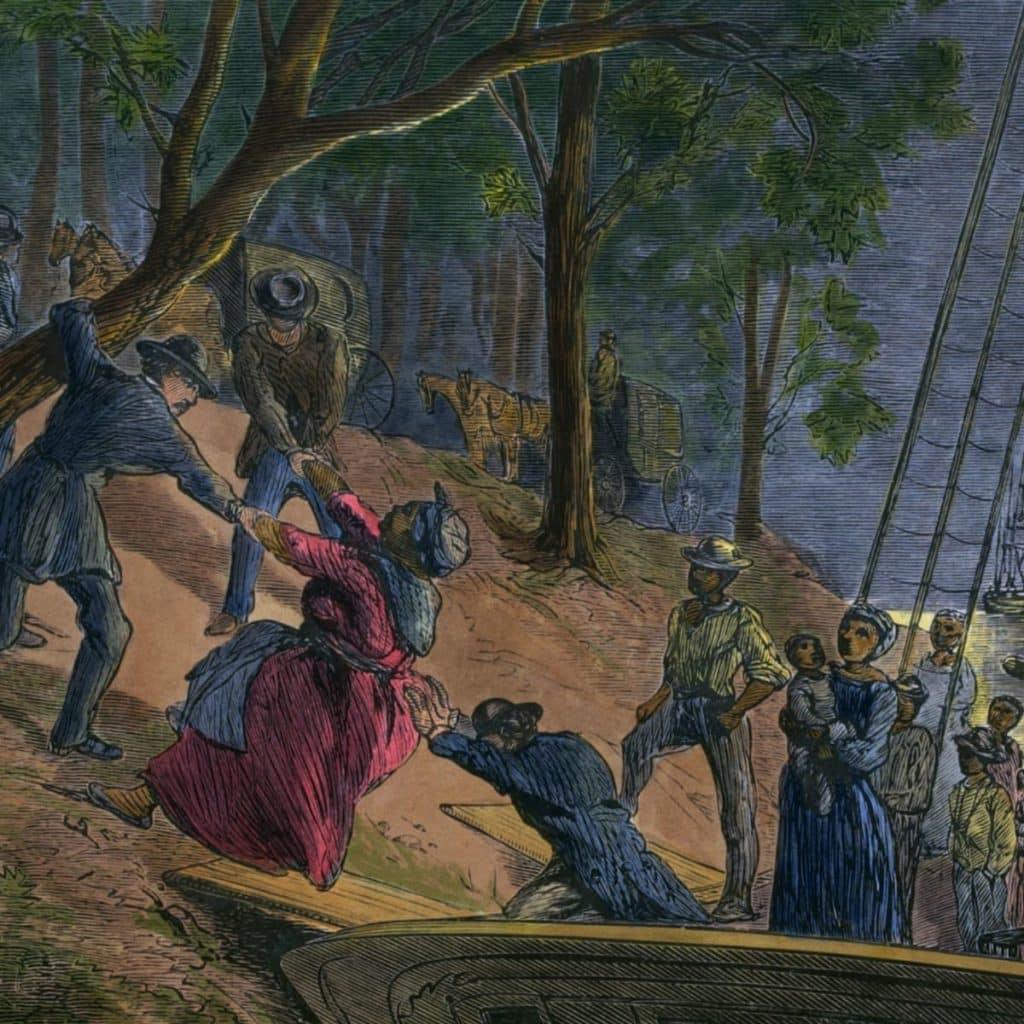
The Underground Railroad played a big role in the eventual abolition of slavery in the United States. More than 40,000 to100,000 enslaved people were able to escape to freedom with the help of the Underground Railroad, which significantly reduced the number of enslaved people in the South and helped weaken the institution of slavery. It was a symbol of hope and resistance, showing that enslaved people would not accept their fate and were willing to fight for their freedom.
Today, the Underground Railroad is remembered through museums, historical sites, and monuments. It’s a reminder of the courage and determination of those who fought for freedom against overwhelming odds, and serves as a reminder of the deep-seated injustices that once existed in our society and the ongoing fight for equality and justice.

